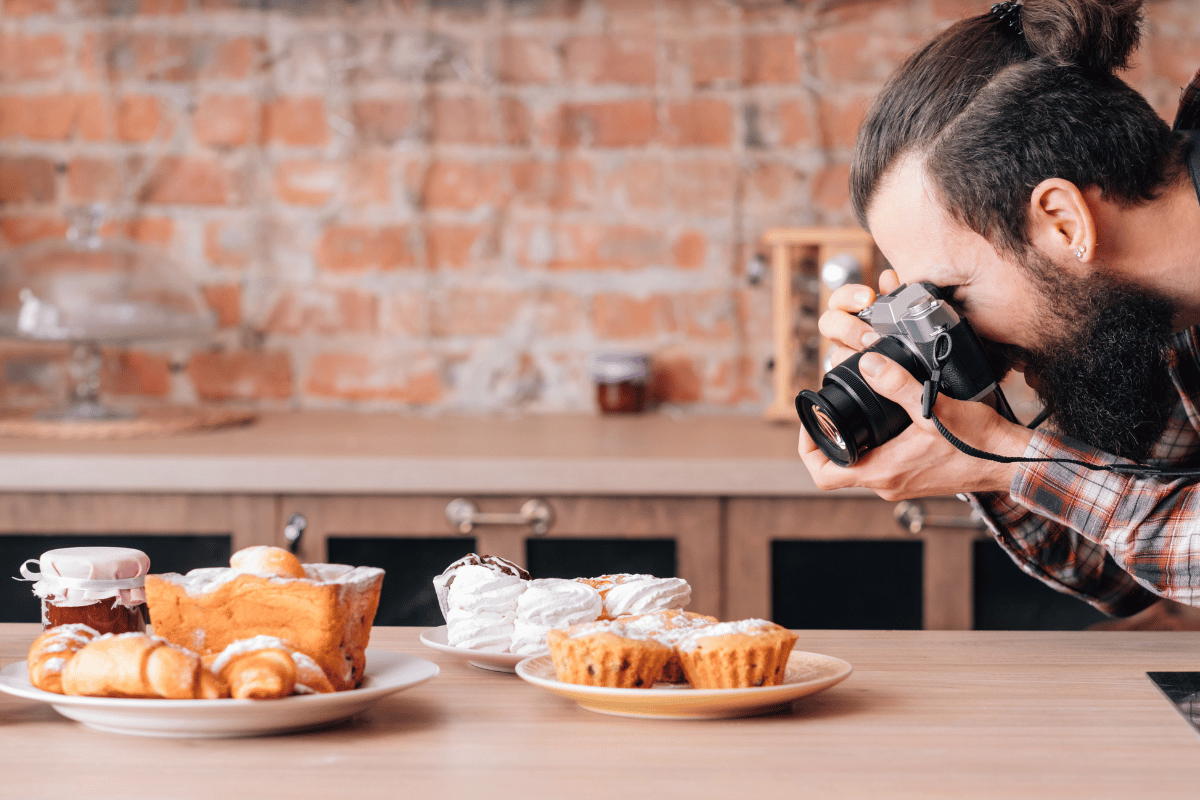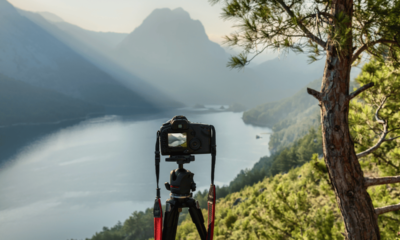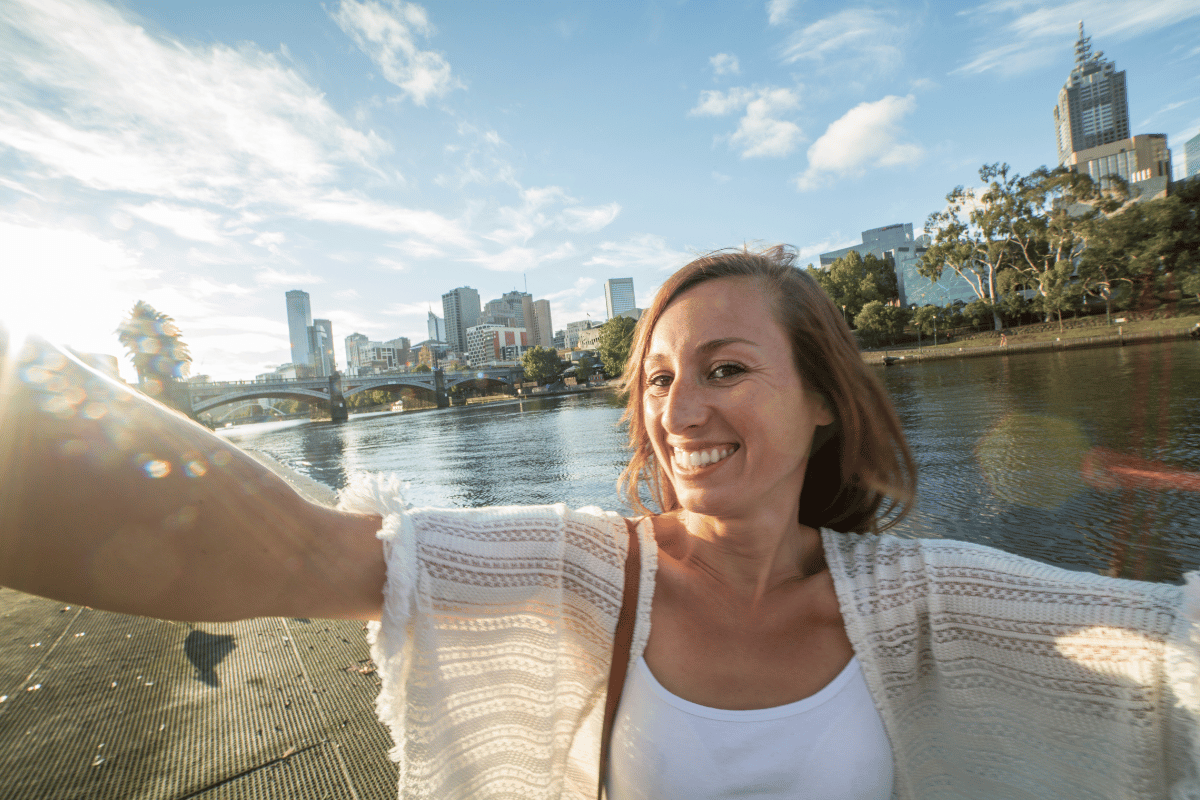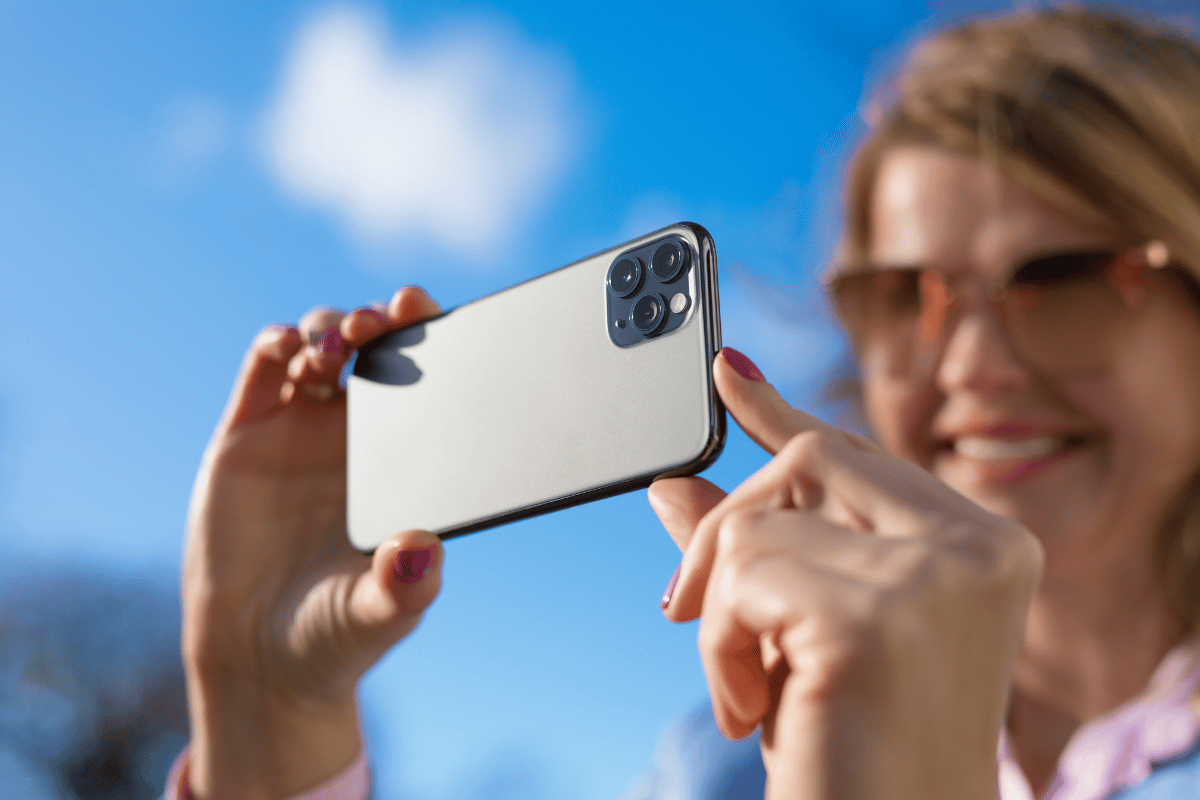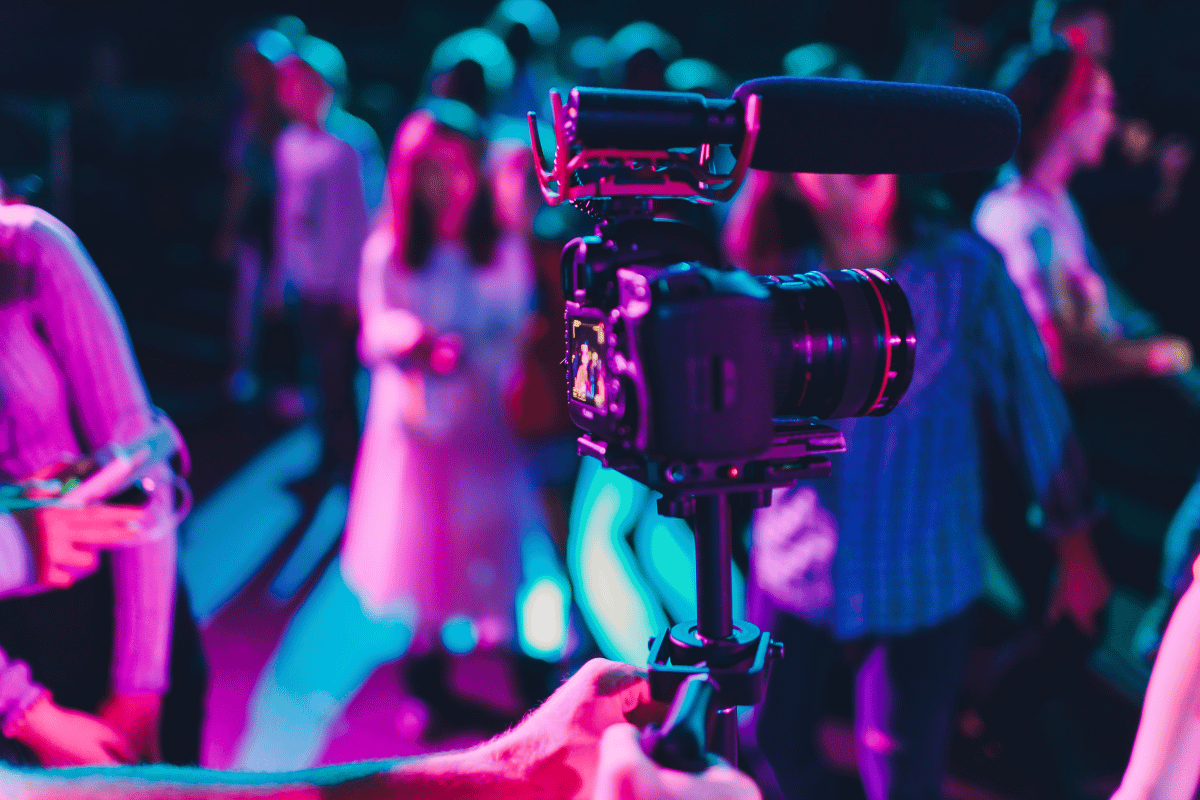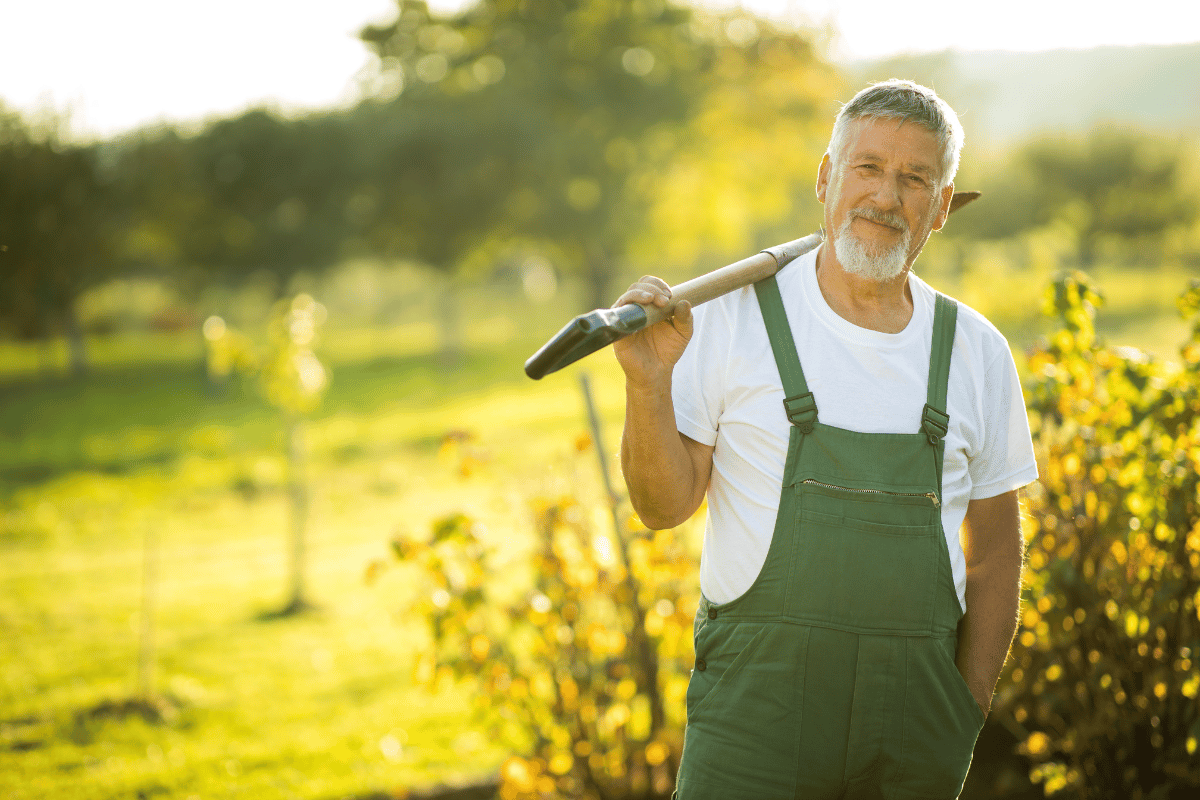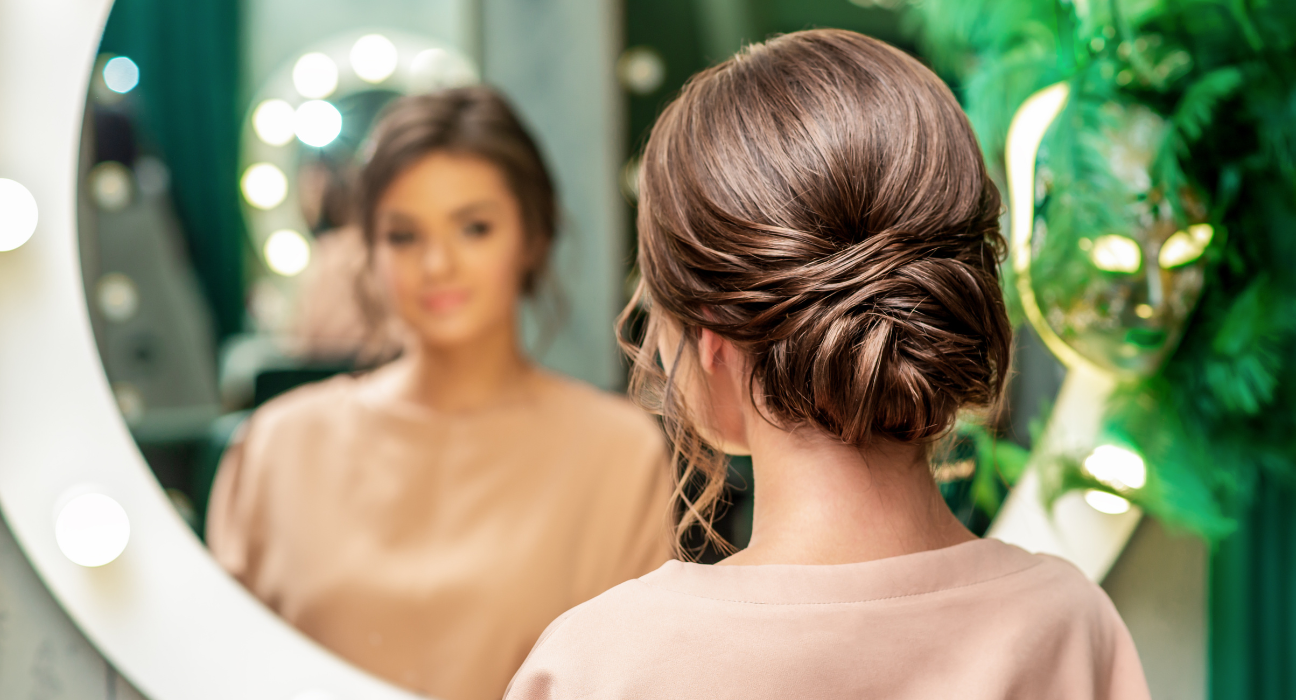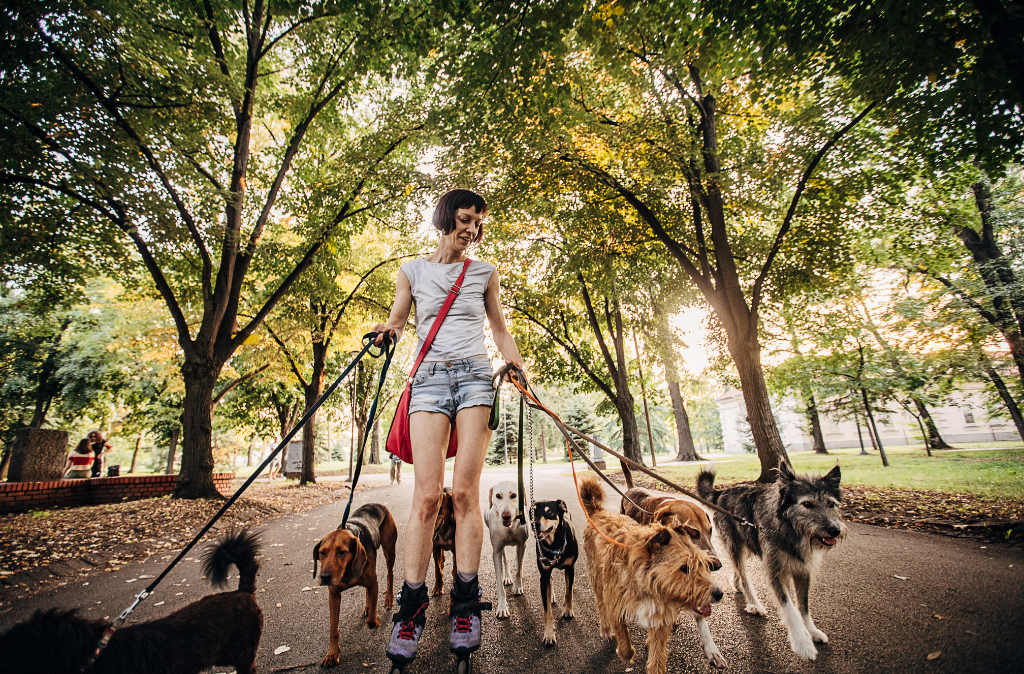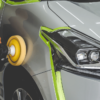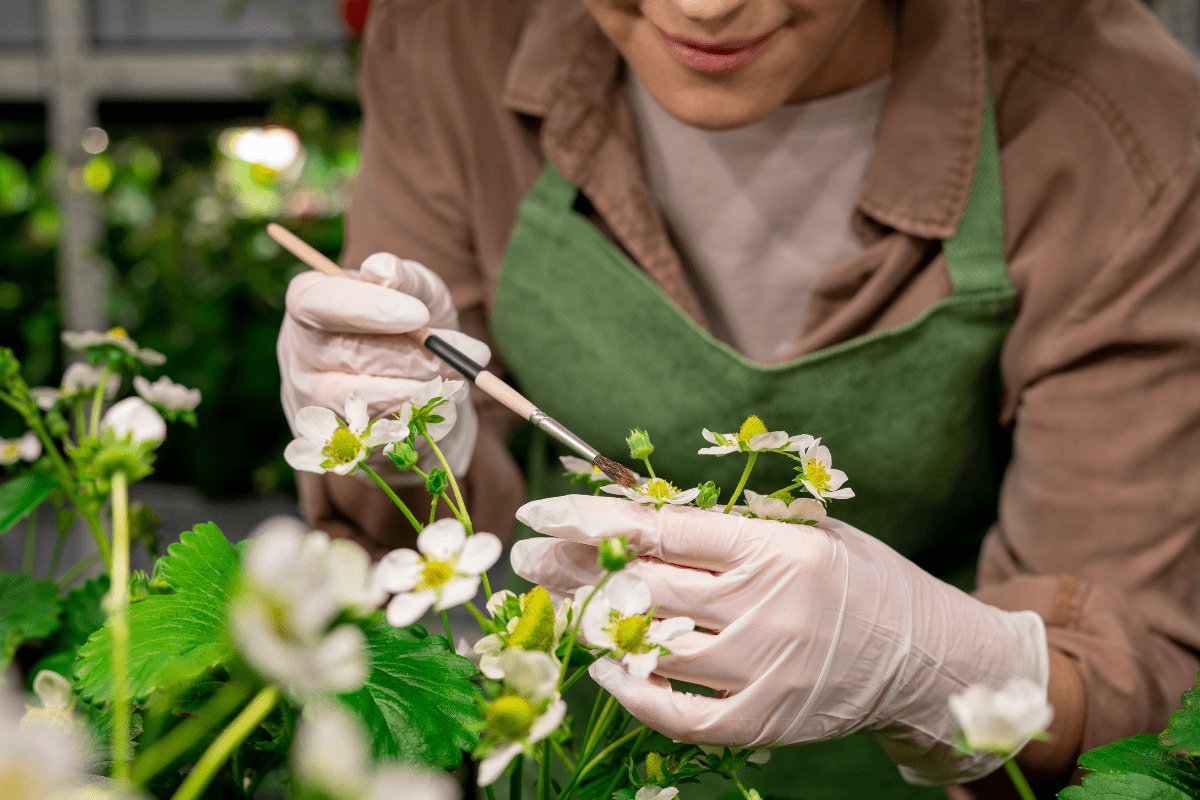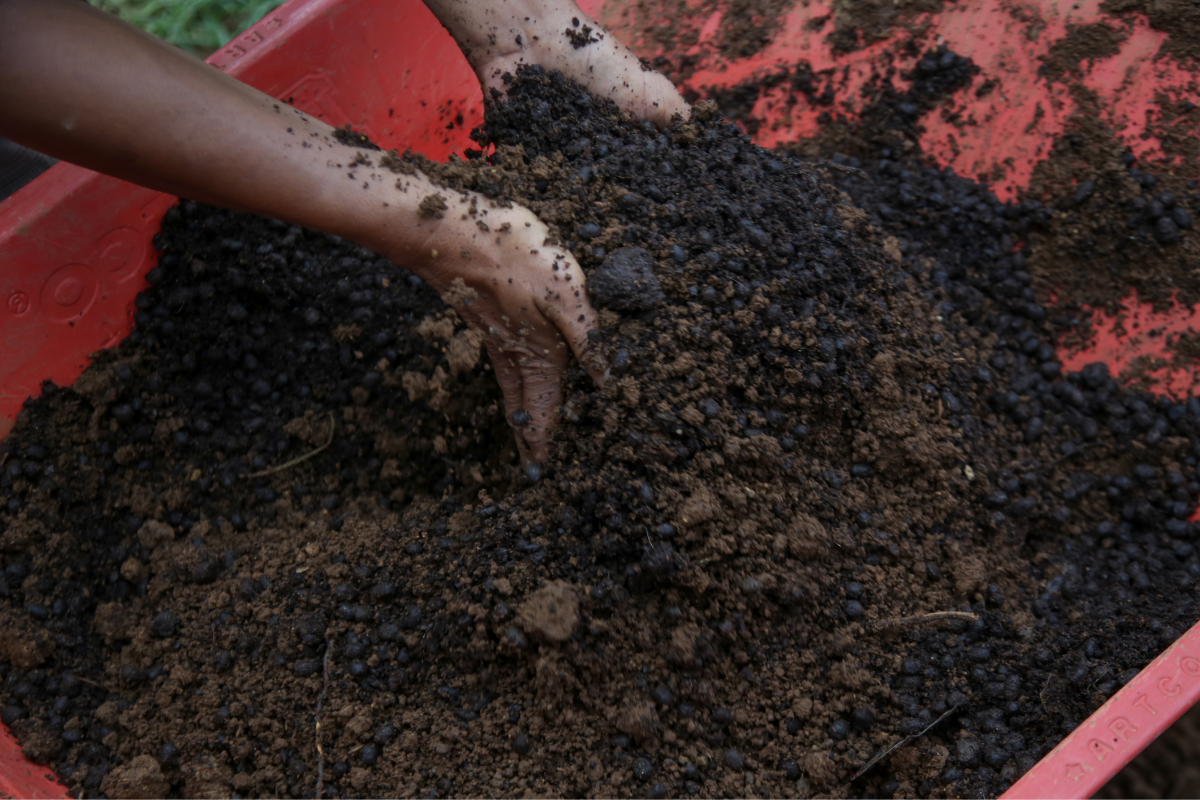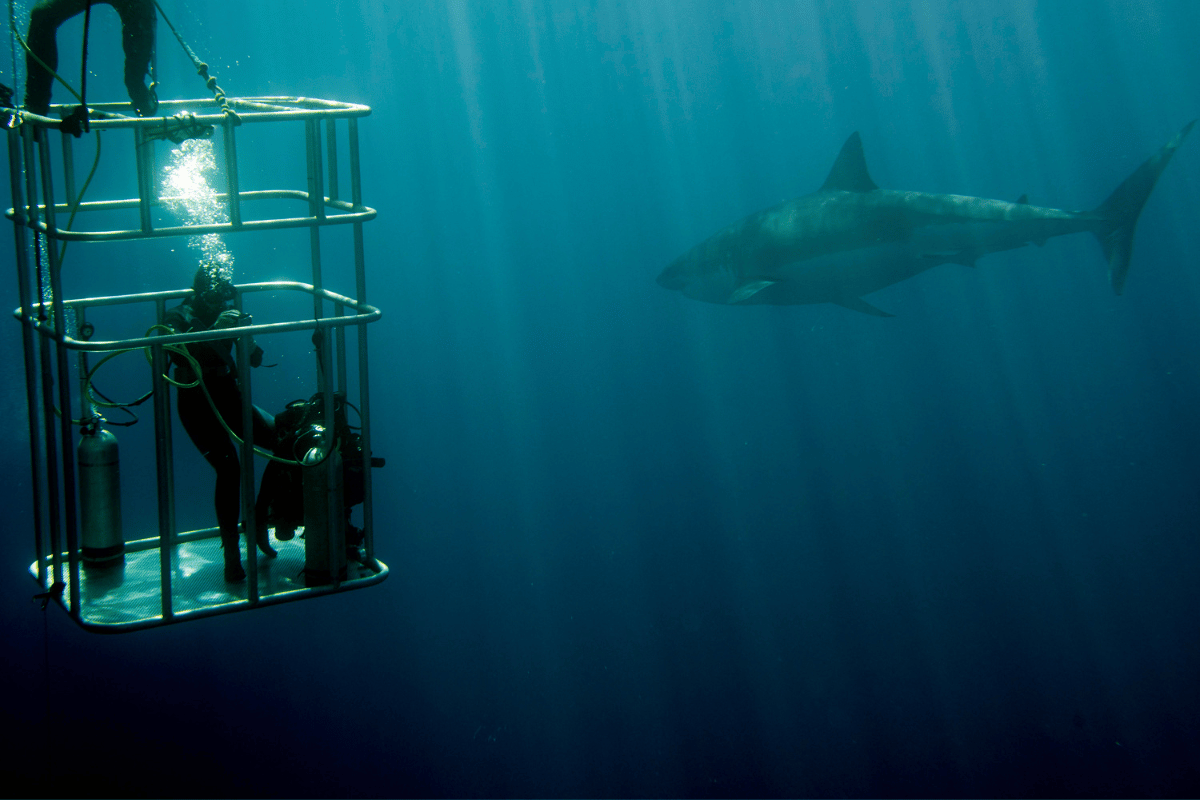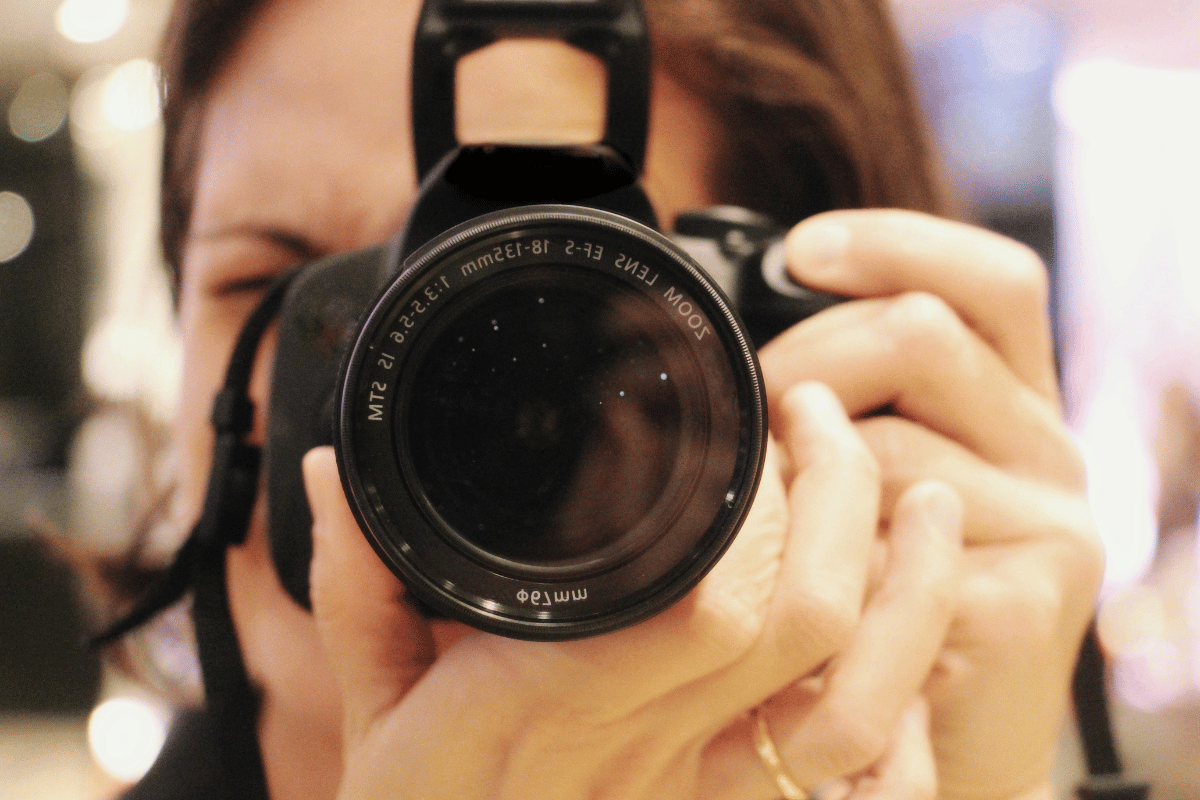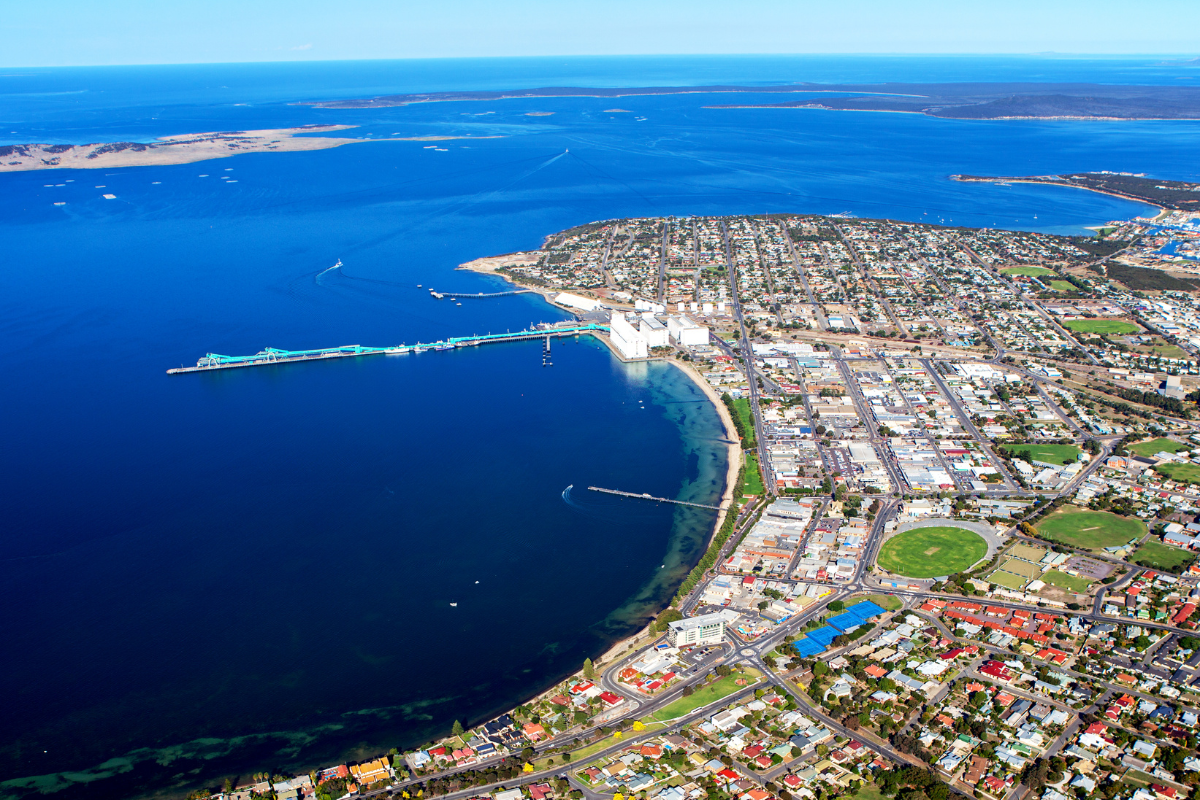Photography
From Plate to Pixel: Why Your Restaurant Needs Expert Food Photography
The contemporary dining experience has transcended beyond mere taste. In the age of social media and online branding, sight plays an equally pivotal role. Professional food photography is no longer a luxury but a necessity for restaurants aiming to carve a niche in a competitive marketplace. This visual era has transformed diners into global voyagers, where a single captivating image can virtually transport them to a bustling street in Bangkok or a serene cafe in Paris. In such a dynamic landscape, where the line between reality and digital is blurring, ensuring your restaurant’s dishes are portrayed with finesse becomes indispensable.
The Digital Era and Dining Choices
Every swipe, click, or scroll by a potential patron on their smartphone can lead them to a myriad of culinary worlds. Your restaurant’s online presence is their gateway. It’s estimated that more than 60% of customers view a restaurant’s online presence, especially their food photos, before deciding to dine. A pixel-perfect dish can be the difference between a passing glance and a reserved table.
Moreover, in an age where online food delivery is surging in popularity, ensuring your digital offerings are top-notch is critical. If you’re looking to boost your restaurant’s delivery sales, check out our article on how to increase food delivery sales for your restaurant.
Food Photography: The Past, Present, and Future
There’s an adage that history often repeats itself, but in the realm of food photography, evolution is the key. In bygone eras, food photographs were pragmatic, often simple grayscale images in cookbooks or magazines, focusing solely on the dish. Fast forward to the digital age, and we’re basking in the renaissance of food artistry, where every snap encapsulates emotion, ambiance, and narrative. Yet, the horizon is even more promising. Envision a near future where augmented reality integrates with food photography, allowing users to virtually experience the aroma, texture, and essence of the dish before ordering. The journey of food photography is an ever-evolving tapestry, marrying technology with gastronomy.
Diving Deep into Food Photography’s Craft
Every photo of a dish is a harmonious blend of science and art.
- The Story: Behind each dish is a rich tale — the spices from a remote village, a grandma’s treasured recipe, or a modern twist on a classic. Good photographers don’t just click pictures; they narrate tales. A seafood pasta might evoke the ambiance of a Mediterranean beach, with the hint of sea salt in the air and the warmth of the sun.
- Challenges and Solutions: Every food item has its quirks. Lettuce can wilt, ice cream melts, and grilled meat loses its enticing charred lines. Professionals, in tandem with food stylists, employ ingenious methods — from using mashed potatoes to mimic ice cream to applying motor oil for that perfect syrupy glaze on pancakes. These are industry secrets that ensure the food remains photogenic for hours.
- Equipment: While a good artist never blames their tools, there’s no denying the impact of advanced equipment. Macro lenses can capture minute details, like the crystalline structure of sugar on a donut. Specialized lighting can evoke different times of the day, be it a sunny brunch or a candlelit dinner. Soft boxes, diffusers, and reflectors manipulate light to eliminate harsh shadows and highlight the dish’s best features.
SEO and Images: An Overlooked Duo
Search Engine Optimization (SEO) isn’t confined to keywords. It’s a holistic approach to making your restaurant discoverable.
- Website Performance: A website that takes too long to load often sees users bouncing off. It’s a balancing act between retaining the quality of the image and ensuring optimal site speed. Professional photographers use techniques like compression without compromising the image’s integrity. Efficient content delivery networks (CDNs) ensure that photos load swiftly for users worldwide.
- Enhancing Local SEO: Did you know that images can also contribute to local SEO? Photos embedded with metadata — including geographical tags — can make your restaurant pop up in location-based searches. It’s akin to a digital beacon, drawing in both locals and tourists.
- Social Media Influence: Sites like Pinterest and Instagram have transformed into search engines in their own right. Well-optimized images, with relevant hashtags and descriptions, can amplify your restaurant’s reach, making it discoverable to a whole new audience. Moreover, user-generated content, where customers share their own shots of your dishes, can offer organic traction and enhance credibility.
ROI: Beyond Numbers
A picture might be worth a thousand words, but its value to a restaurant can be immeasurable.
- Branding: Consistency is the cornerstone of branding. A curated collection of photographs, with a consistent tone, colour palette, and style, echoes a restaurant’s ethos and vision. It signals a meticulous attention to detail, transcending from your dishes to your digital presence.
- Merchandising: The application of professional photographs isn’t limited to digital platforms. Think broader. Recipe cards handed out to customers, calendars with monthly specials, or even limited edition prints for sale can serve as both revenue streams and marketing materials. Each product disseminates the brand, fostering loyalty and recognition.
- Customer Engagement: Engaging with customers isn’t confined to the dining table. A spectacular photo can spark conversations online. It can be the centrepiece of contests (“Guess the ingredients!”) or polls on platforms like Instagram. These engagements, besides offering insights into customer preferences, enhance brand recall and foster a sense of community.
Conclusion
In the culinary world, the phrase “we eat with our eyes first” resonates now more than ever. Restaurants must prioritize their visual appeal, both offline and online. As technology evolves, the line between the digital and physical dining experience will blur. Ensuring your restaurant’s dishes are captured with expertise is not just a present need, but a future-proof strategy.


